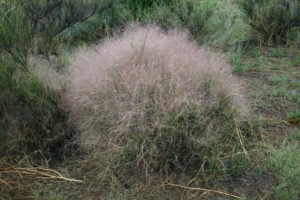 Bush Muhly is the species Muhlenbergia porteri. There are over 40 species of muhlys found in Arizona and across the southwest. It would be hard to go out into the desert or up into the hills and not stumble across a species of Muhlenbergia. Hmm, that said it would be pretty hard to travel around North America and not run into some muhlys.
Bush Muhly is the species Muhlenbergia porteri. There are over 40 species of muhlys found in Arizona and across the southwest. It would be hard to go out into the desert or up into the hills and not stumble across a species of Muhlenbergia. Hmm, that said it would be pretty hard to travel around North America and not run into some muhlys.
Native grasses respond to the summer rains and where what looked like bare ground before the monsoon, all of a sudden you have stands of grass. It’s remarkable. This monsoon the bush muhly responded quite vigorously and I’ve come across beautiful individual plants as well as small stands of it. I wonder if the common name bush muhly is about the way it will grow up through a shrub (bush) or the fact that by itself it looks bushy. Oh well, I don’t know, but it is so cool looking, especially in seed when the plant takes on a pinkish hue.
Its elevation range blew my mind, as it can be found from 2,000’, so in the desert around Tucson, and up to 5,500’, the desert grassland around our little homestead. I am so tempted to gather seed and grow some. Just a few maybe. A handful just for fun. Oh dear.
Some notes: the photos are mine and in one photo you can see how the bush muhly has covered much of an Ephedra. Then another photo is of a stand of broom dalea (Dalea scoparia) on the outskirts of Willcox where I recently stopped when I saw it in bloom and the bush muhly was a nice surprise. And finally, I mentioned our dog Chuchu wandering through the giant sacaton, so I included a photo of her sweet bushy tail out in the sacaton.
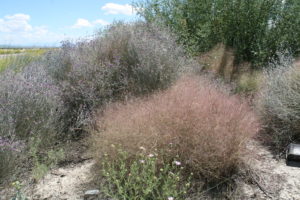
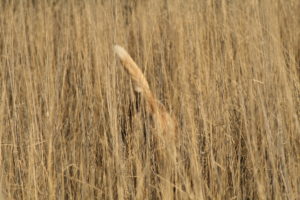
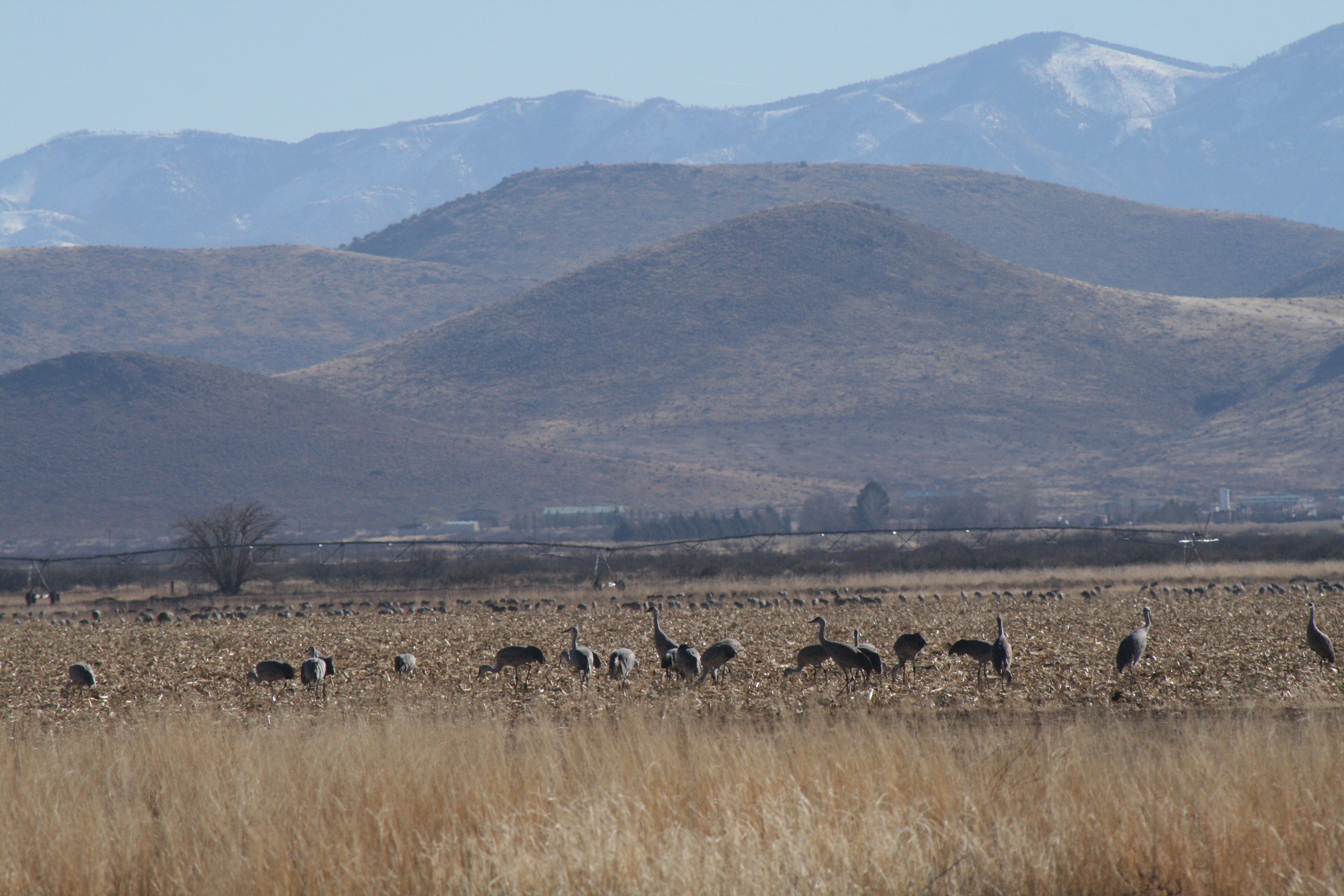
This show could also be called Typha latifolia and Grus canadensis, which has a nice scientific ring to it. Cattails are “plants of marshes...
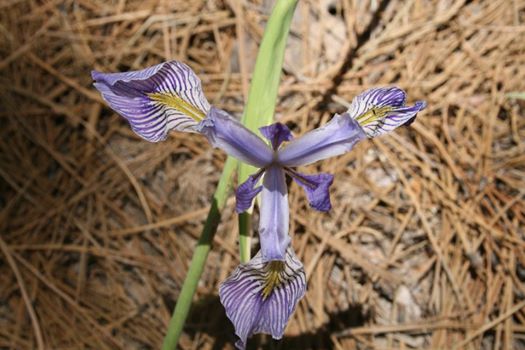
Petey talks about Irises and very good dog. Makes sense, sorta. Irises are found around the world. I’ve seen them atop our sky islands...

This was going to be an episode about thread leaf groundsel, (Senecio flaccidus var. flaccidus), a common southwestern shrub and…